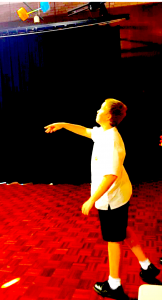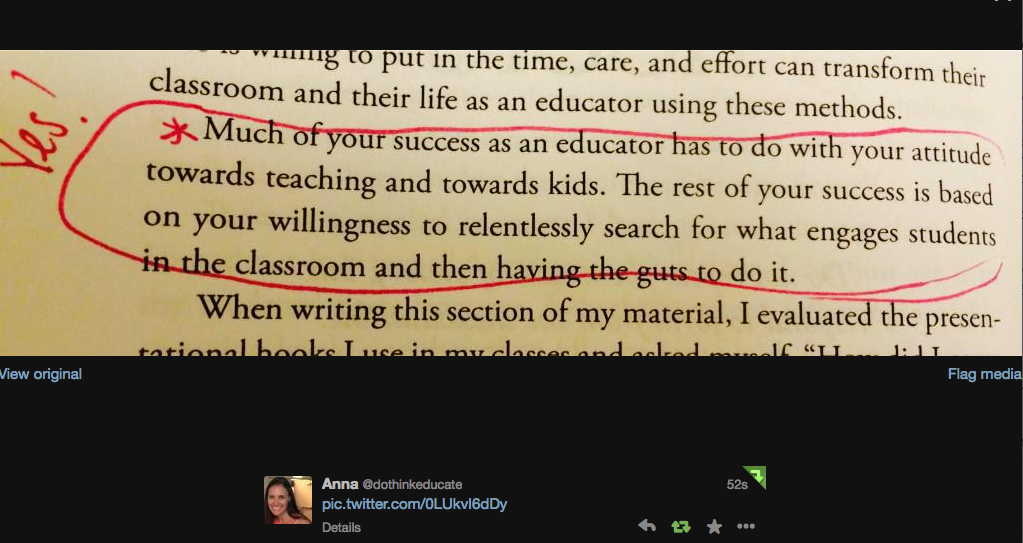Over the last few weeks I’ve been marking Teaching Performance Assessments (TPA) submitted by my 4th year pre-service teachers (PSTs). I have to say nothing in marking has given me more pleasure than reading and assessing PART 1 where they share their context, student group, lesson plans and mentor feedback, and write about their experiences on placement, and what this may mean for their future learning. In a few weeks this latest group of PSTs will complete their studies and hopefully most of them will be out there making a difference to children’s lives.
Every TPA I read was unique, every student had their own way to present and every subject & topic was different. I was enthralled with some of the strategies they used to engage the students from primary, secondary, international, and special schools. This cohort of PSTs are what the Chief Examiner calls ‘bipedagogical.’ They have experienced both face to face and online teaching (no need to explain why). They have experienced the same trials and tribulations as many of my colleagues, moving from one to the other sometimes within hours due to sudden lockdowns. It got me thinking…

The ‘bipedagogical’ teacher
What does it mean to be teaching ready?
Lots and lots and lots of hard work.
Today, it’s not just about the subject or unit you’re teaching. Expertise in these areas is, of course, important but before you get to share this, it is imperative to establish a safe and secure learning environment where you can build relationships with students and understand the contexts from which they come. I’ve shared some ideas about building relationships before here and here. My PSTs on the whole recognised how context affects learning. It means you need to prepare and cater for a diverse range of learners, your learners, in this classroom or in this learning space. It’s pretty daunting coming into an online space with a group of students you’ve never met before from a school you may or may not have visited in person and work with a mentor whom you’ve only recently met.
I often mention to my PSTs that they need to always be carrying a great big bag around (metaphorically of course – as we teachers know, we already have enough ‘stuff’ to cart around), which they can fill with strategies for teaching, learning and reflecting. Every time they see, hear, feel and think of an idea they can use in teaching and learning, they have a place right there into which they store it for that off chance they just might need it in the future. And they will. Even I bagged a few new ones for myself as I was reading through their TPAs.

The strategy bag
Though these strategies might already be in that bag, somewhere, I might not have used them in a while, or it might be that my PSTs thought about it differently or presented it more creatively than I have thought to do.
I wanted to share just two that I really liked.
The first is around questioning for feedback. Think about how you ask your students if they had enough time to finish their task and the connotation that has on them as a learner. “Have YOU had enough time? This type of question might make them feel inadequate or slow if they haven’t completed the task. But what if we turned the question on its head?
“Have I given you enough time?” What does this question say to our learners now?
The second strategy is an ICT tool called ‘Pear Deck’. Have you heard of it? I hadn’t but it sounded good, so I looked it up. The tech allows you to turn presentation slides like PPTs into interactive activities for your students or anyone else for that matter, so they can actively engage with the learning. Here are 20 ways to use it. My PST used it in his Year 10 English class to have students work as a group or individually at their own pace, responding to questions. Their responses come to your screen where you can give immediate feedback, and can also be shared anonymously on the slide projector for the whole class to discuss.
So, what is teaching ready? Well, for me there’s a list;
- it’s building relationships,
- being reflective
- understanding context,
- learning how students engage,
- having expertise in your teaching areas,
- planning explicitly for teaching and learning
- understanding how to give and receive feedback for learning,
- be willing to learn things yourself and …
- loving it all!
Thanks for reading 🙂
















